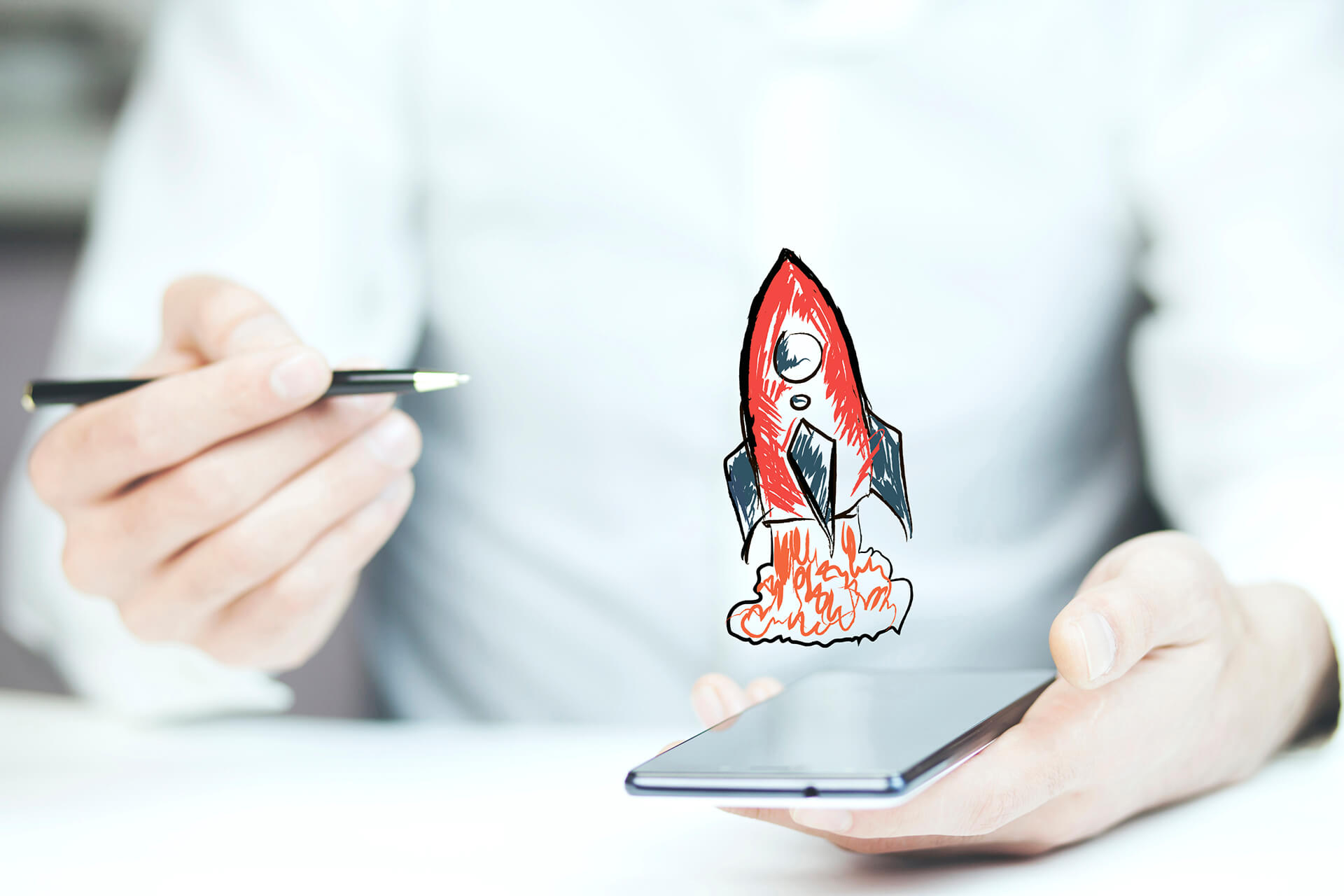Transforming a small business into a multinational is the dream of many entrepreneurs. Some of the world’s biggest companies started as modest projects but grew through strategic planning, innovation, and resilience. These examples show that with the right combination of factors, it’s possible to turn a simple idea into a global giant.
1. The importance of vision and persistence
Companies that become multinationals share a common trait: their founders had a clear vision of what they wanted to achieve and didn’t give up, even in the face of obstacles. These entrepreneurs knew how to adapt to the market, innovate, and expand strategically.
2. Inspiring stories of small businesses that became multinationals

Below are some of the most inspiring stories of companies that started small and have grown into global references.
2.1. Apple: From garage to tech empire
Apple began in 1976, founded by Steve Jobs, Steve Wozniak, and Ronald Wayne in a California garage. With limited resources, they developed the Apple I, a personal computer that was the starting point for the company’s growth. Continuous innovation and a focus on user experience allowed Apple to become one of the biggest companies in the world.
Lessons from Apple:
- Constant innovation is essential to stand out.
- Design and usability can be powerful differentiators.
- Adapting to technological trends is crucial for growth.
2.2. Starbucks: From a local shop to a global icon
Starbucks started in 1971 as a small coffee shop in Seattle, founded by three friends. The company grew significantly after Howard Schultz took the lead and redefined the coffee shop experience. Today, Starbucks is one of the largest coffee chains in the world, with a presence in over 80 countries.
Lessons from Starbucks:
- Customer experience is as important as the product itself.
- Adapting the business model to different cultures is vital for global expansion.
- Innovation in services, such as drive-thru coffee and loyalty programs, helps maintain relevance.
2.3. Amazon: From online bookstore to global e-commerce
Amazon started as a modest online bookstore in 1994, founded by Jeff Bezos in his home garage. The company quickly expanded, adding new products and services to become the world’s largest e-commerce platform. Beyond online sales, Amazon diversified its operations with Amazon Web Services (AWS), streaming services, and electronic devices.
Lessons from Amazon:
- Diversification is key to growing and dominating markets.
- Operational efficiency and a customer-focused approach are fundamental to success.
- Investing in technology and innovation ensures market leadership.
2.4. Nubank: From fintech to financial multinational
Founded in 2013, Nubank started as a Brazilian startup offering fee-free credit cards. With a mission to eliminate bureaucracy and offer a 100% digital service, the company grew rapidly and became one of the largest fintechs in Latin America. Today, Nubank operates in multiple countries and continues to expand its service portfolio.
Lessons from Nubank:
- Solving a real customer pain point is essential to gaining market traction.
- Focusing on digital experience provides a competitive advantage.
- Sustainable growth requires constant adaptation to the market and customer needs.
3. Strategies for turning your small business into a multinational

If you aim to expand your business and possibly turn it into a global company, there are essential strategies to guide your journey.
3.1. Build a strong brand identity
A solid brand is essential for capturing new markets. Invest in branding and marketing from the start, ensuring your brand is recognized and valued.
Tip: Consistency in visual identity and brand values builds consumer trust, regardless of location.
3.2. Invest in innovation and differentiation
Companies that stand out globally have something in common: they innovate continuously and offer something unique compared to competitors. Whether it’s in products, services, or processes, innovation is key to growth.
3.3. Develop a strategic expansion plan
Growing too fast without a plan can be a fatal mistake. Develop an expansion strategy, identifying markets with high potential and creating specific strategies for each region.
3.4. Adapt to local cultures
Internationalization requires more than just opening branches in other countries. Understanding and respecting cultural differences is essential to gaining local customers and positioning your brand correctly.
3.5. Form strategic partnerships
Local partnerships can speed up entry into new markets. Seek strategic alliances with distributors, suppliers, and local companies to help reduce costs and risks during expansion.
4. Challenges and how to overcome them

Expanding a business to a multinational level isn’t easy. A company needs to overcome cultural, legal, and logistical barriers to establish itself globally.
Main challenges:
- Different regulations in each market.
- High costs for logistics and international operations.
- Competing with established local brands.
Tip: Invest in market research to understand each region’s legal requirements and behavioral trends.
Transforming a small business into a multinational requires strategic vision, resilience, and adaptability. The stories of Apple, Starbucks, Amazon, and Nubank demonstrate that with the right combination of innovation, marketing, and customer focus, it’s possible to reach global markets and become an industry leader.
Entrepreneurs who don’t fear challenges and are willing to learn from their mistakes and the experiences of others are a step closer to global success. With planning, partnerships, and continuous innovation, your business can also take the next step toward the international market.
Frequently asked questions (FAQ)
1. What does it take to turn a small business into a multinational?
It requires strategic planning, innovation, a focus on customer experience, and the ability to adapt to different markets.
2. What are the biggest challenges in internationalizing a company?
The main challenges include cultural barriers, local regulations, operational costs, and competition with established companies.
3. How can a global brand be created?
Investing in consistent branding, adapting to local cultures, and developing effective marketing campaigns are essential for creating a global brand.
4. What are examples of companies that started small and became multinational?
Some examples include Apple, Starbucks, Amazon, and Nubank, which started as local businesses and expanded to global markets.
5. How can digital marketing aid in business expansion?
Digital marketing helps reach global audiences efficiently through online ads, SEO, and social media campaigns, increasing brand visibility.




